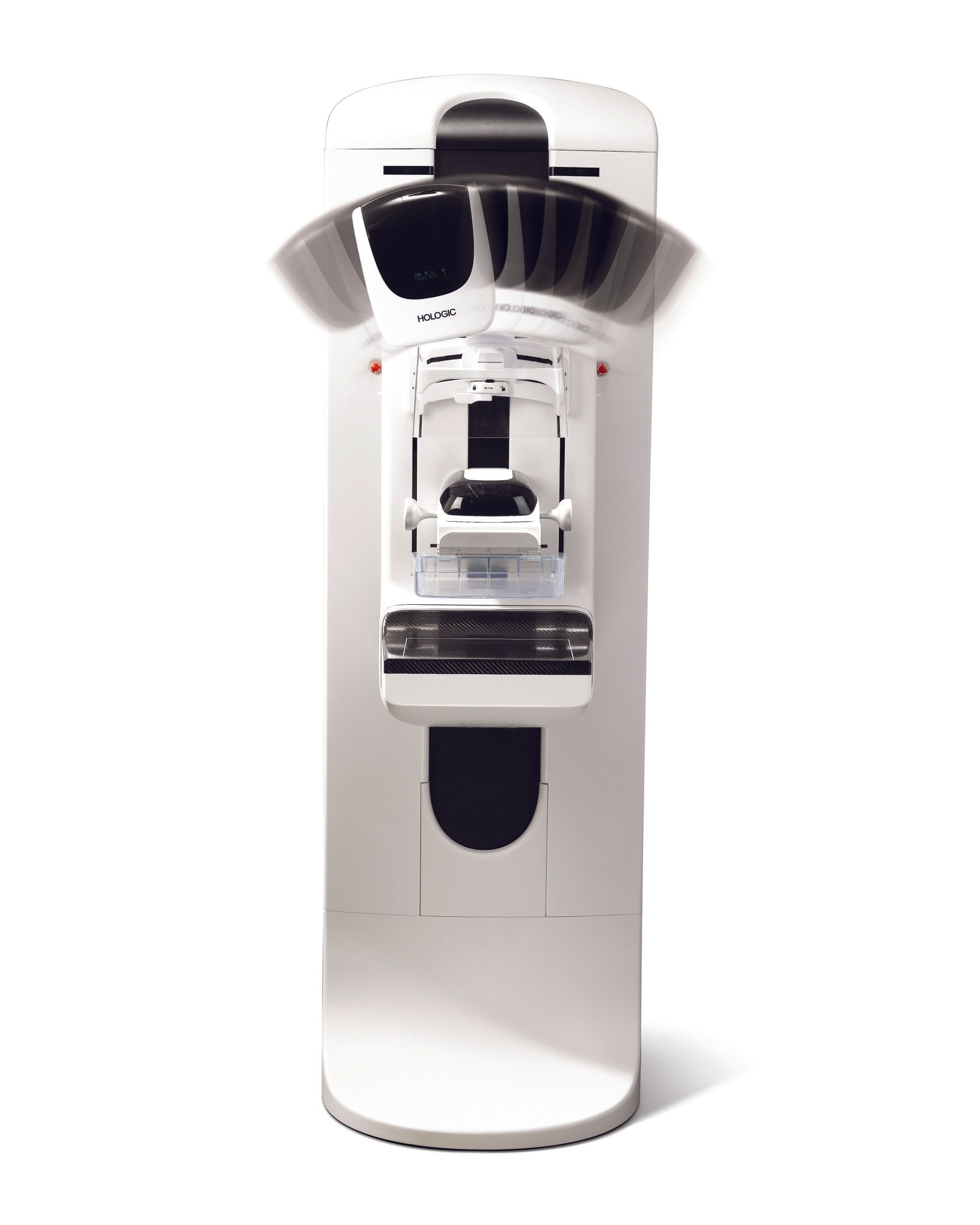Breast Imaging in Pregnant and Lactating Patients
BIV • Sep 20, 2015
The presentation of a pregnant or lactating woman with a palpable breast mass is a common and important scenario encountered in a breast imaging practice.
The physiological changes secondary to hormonal changes result in increased breast volume and firmness, associated with nodules and increased parenchymal density. All these changes make radiological assessment of the breasts difficult.
The aim of imaging in this setting is to exclude a pregnancy-associated breast cancer, which is defined as a breast cancer occurring during pregnancy or within 1 year of delivery.
Ultrasound
Ultrasound is the first procedure in the workup of a palpable breast mass in pregnancy or lactation with some studies reporting a sensitivity and negative predictive value of 100% in detecting malignant lesions in this patient group.
Ultrasound-guided core biopsy can be easily performed in this group for a suspicious lesion.
Subsequent bilateral breast ultrasound and axillary assessment can then be performed for confirmed malignancy.
MRI
Contrast enhanced MRI is not recommended in pregnancy, as no studies have been performed on possible teratogenic risks from Gadolinium based contrast. MRI is safe in the lactating woman, who may wish to discard milk for 12-24 hours after the examination, although the excretion into breast milk is minimal.
Mammography
Mammography is safe in pregnancy and lactation, with the radiation dose from bilateral two view digital mammography being less than 7 mGy, with an estimated dose to the uterus of 0.03 micro Gy, which is significantly less than the 50mGy threshold below which no teratogenic effects have been reported.
In spite of these facts, mammography is generally not performed as a first line tool in this patient group, as the increased breast density reduces the efficacy of diagnosis. Once a malignancy has been diagnosed however, bilateral mammography is performed in order to exclude suspicious microcalcifications not seen on ultrasound, and to determine the extent of possible multifocal, multicentric or contralateral disease.
Lactating patients are asked to breast feed or express immediately prior to undergoing mammography to decrease parenchymal density related to residual milk products.
Digital Tomosynthesis
Digital Tomosynthesis creates a three dimensional picture of the breast using Xrays.
Digital tomosynthesis is approved by the U.S. Food and Drug Administration, but is not yet considered the standard of care for breast cancer screening and is not available through Breastscreen. Because it is relatively new and advanced technology, it is only available at a limited number of hospitals in Melbourne, one of them being Breast Imaging Victoria.
It takes multiple x-ray pictures of each breast from many angles. The breast is positioned the same way it is in a conventional mammogram, but only a little pressure is applied — just enough to keep the breast in a stable position during the procedure. The x-ray tube moves in an arc around the breast while 11 images are taken during a 7-second examination. Then the information is sent to a computer, where it is assembled to produce clear, highly focused 3-dimensional images throughout the breast.*
*Reference: Breast Imaging in the Pregnant and Lactating State. Imaging Modulates and Pregnancy Associated Breast Cancer. AJR February 2013 Volume 200. No2.321-3228

By BIV
•
25 Jul, 2017
Cancer Council Victoria is reminding people how important community participation on Daffodil Day is to raise funds for cancer research, prevention programs and support services. "We want to beat cancer through more research, through educating the public on ways to prevent cancer and by helping people who have cancer get the best treatment and care." For more information on getting involved this Daffodil Day, click here .

By BIV
•
17 Oct, 2015
A Genius 3D mammography exam is very similar to having a traditional 2D mammogram. Like a 2D mammogram, the technologist will position you, compress your breast, and take images from different angles. During the Genius 3D mammogram , the X-ray arm sweeps in an arc over the breast, taking multiple breast images in just seconds.
Trusted for more than 30 Years
CONTACT
Level 4
21 Victoria Street
Melbourne VIC 3000
Fax: (03)
9492 3600
Fax: (03)
9492 3600
Hours:
Mon – Fri: 8.00am - 4.00pm
Closed weekends and public holidays.
Hours:
Mon – Fri: 8.00am - 4.00pm
Closed weekends and public holidays.
CONTACT US
Thank you for contacting us.
We will get back to you as soon as possible.
We will get back to you as soon as possible.
Oops, there was an error sending your message.
Please try again later.
Please try again later.


